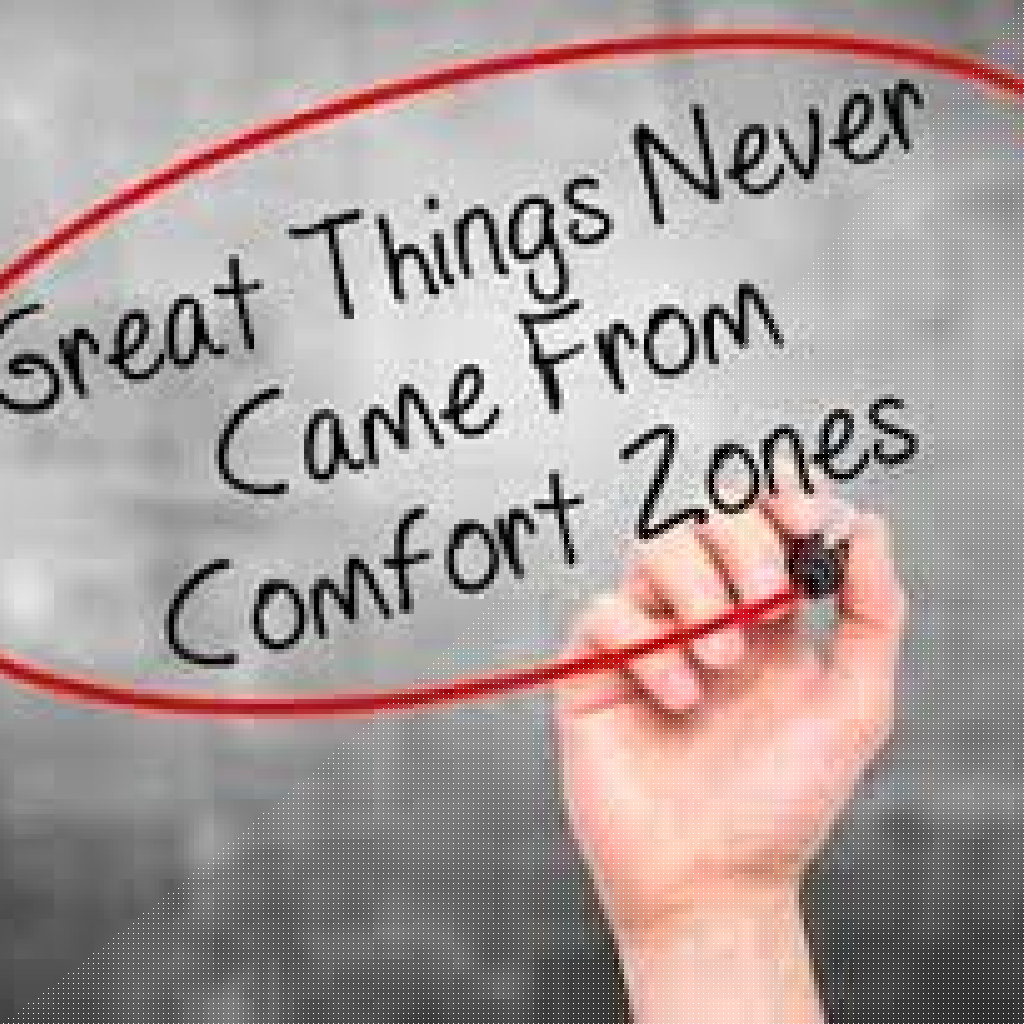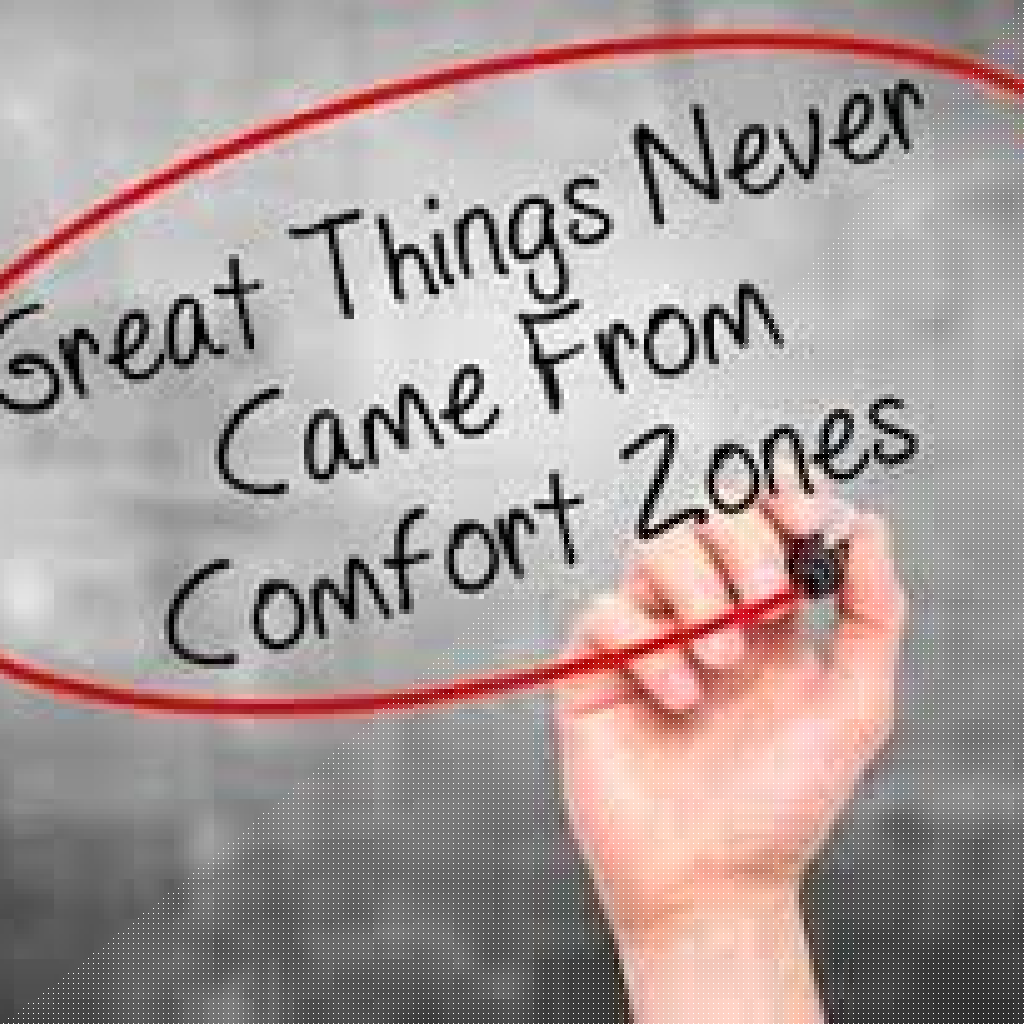Key Takeaways:
- Investing in leadership development and training fosters better employee engagement and productivity.
- Strong relationships built on communication are crucial in navigating workplace challenges and driving performance.
Strategies for Hiring, Training, and Promoting Top Talent
In today’s competitive job market, attracting and retaining the right talent is more important than ever. Organizations must implement effective hiring, training, and promotion strategies to foster a high-performing workforce. This article explores actionable tips and insights that modern managers can use to excel in these critical areas of management.
Understanding the Importance of Hiring
When businesses look to expand or fill vacancies, the hiring process is the first step that lays the foundation for future success. Hiring the right candidate is not merely about finding someone with the right skills; it’s about finding a person whose values align with the company’s culture and future vision.
Successful hiring includes a tailored job description, a strategic recruitment process, and thorough interviews. For instance, utilizing behavioral interview techniques can help in assessing a candidate’s past performance and cultural fit, reducing turnover rates by ensuring compatibility.
How to Conduct Effective Interviews
When interviewing potential employees, consider asking scenario-based questions. For example, a question such as, “How would you handle a conflict with a colleague?” allows the interviewer to gauge not only the candidate’s problem-solving skills but also their interpersonal communication style. This method provides insight into how a candidate will interact within the team and manage challenges.
Additionally, incorporating team members into the interview process can help evaluate how a candidate might fit into the existing group’s dynamics. This collaborative approach also empowers current employees by giving them a voice in the recruitment decision.
Training for Success
Once you’ve successfully hired talent, the next natural step is effective training. An engaging onboarding process is critical in helping new hires acclimatize to their roles and the company culture. Providing resources, mentorship, and opportunities for new hires to ask questions in their initial months can set them up for success and boost retention rates.
What are the Benefits of Continuous Learning?
Investing in continuous learning and development is essential for improving employee satisfaction and productivity. When employees feel that their growth is prioritized, they are more likely to feel engaged and remain loyal to the company. Accessible training programs that align with individual career aspirations promote motivation and performance.
Implementing various methods of training can cater to diverse learning styles. Consider a blend of online courses, hands-on workshops, and peer-led sessions, which encourages collaboration among team members.
Promotion Pathways
Promoting from within not only boosts employee morale but also enhances loyalty to the organization. Implementing a structured pathway for promotions helps employees understand the necessary criteria for advancement.
Regular feedback sessions can be invaluable for identifying high-potential employees who are ready to take on more responsibilities. Managers should set clear performance metrics and review them consistently, allowing employees to see their progress and understand areas for improvement. This feedback loop empowers employees to proactively seek out opportunities for growth.
Why is Employee Recognition Key?
Recognizing the achievements of your team significantly contributes to a positive workplace culture. Celebrating successes, both big and small, creates a sense of purpose and belonging among employees. Consider implementing recognition programs that highlight outstanding performances regularly; these initiatives foster an environment where talent is acknowledged, and individuals feel valued.
Building a Culture of Diversity
Fostering a culture of diversity within teams expands the pool of ideas and perspectives, enriching the decision-making process and ultimately leading to better outcomes. Teams that embrace diverse backgrounds tend to be more innovative and successful in their strategies.
Hiring managers should actively seek candidates from various backgrounds and experiences to cultivate a well-rounded workforce. Consider implementing Diversity, Equity, and Inclusion (DEI) training to sensitize employees to various cultural norms and values.
In conclusion, hiring, training, and promoting the right talent are integral to creating a thriving workplace. By employing effective hiring strategies, fostering continuous training, promoting from within, and ensuring diversity, managers can significantly impact their organization’s success. Investing time and effort into these processes will not only aid in individual employee growth but will ultimately lead to the achievement of business goals as well.













